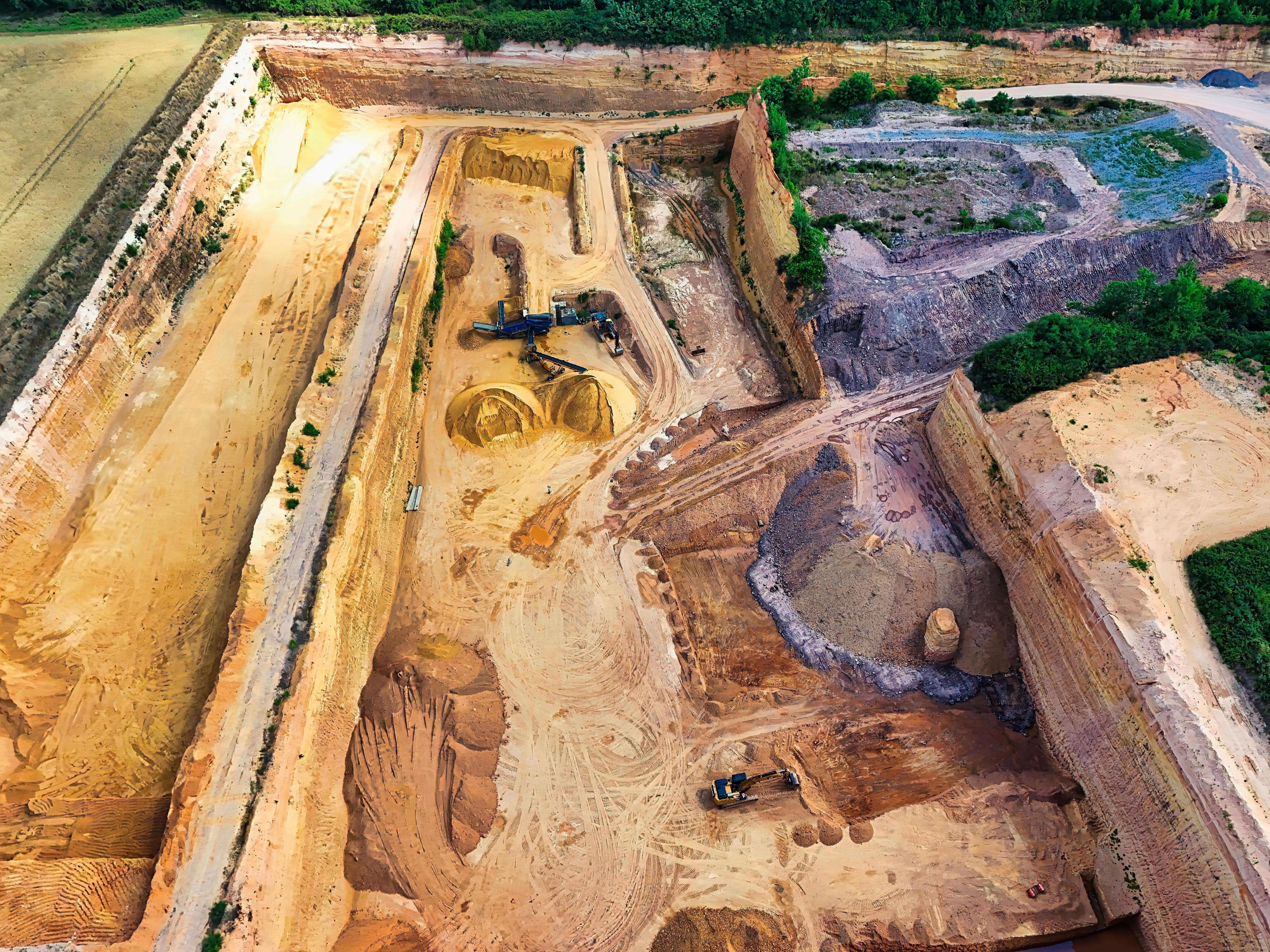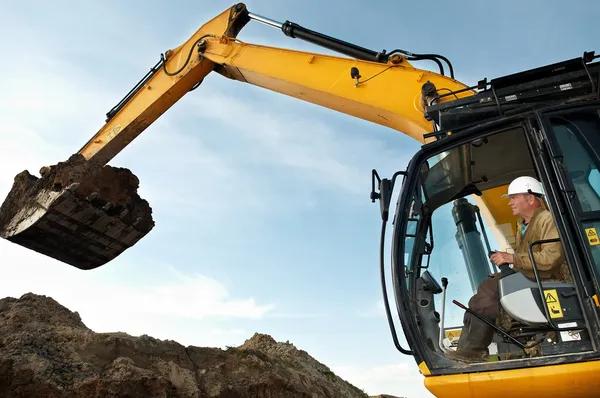Every minute wasted on inefficient material handling costs construction teams $136 on average. Telehandlers slash these losses—but only if you use them right.
Telehandlers are the Swiss Army knives of construction sites, yet many crews underutilize their potential. Whether you’re lifting steel beams to the third story or clearing debris after a storm, choosing the right telehandler application can cut project timelines by 30%.
Let’s talk about the top 5 telehandler uses for construction sites, validated by industry leaders.
Lifting and Transporting Heavy Materials
Moving construction materials accounts for 60% of onsite labor time. Telehandlers reduce this dramatically through versatile construction material handling capabilities. Their true power emerges when properly configured for specific tasks.
Optimizing Load Handling with Telehandler Attachments
The range of telehandler attachments available today makes this equipment indispensable. Standard forks handle palletized materials like brick stacks or bagged concrete weighing up to 12,000 lbs. For cylindrical loads, barrel clamps provide 360-degree grip security. Construction crews working with drywall or plywood benefit from side-shifting forks that adjust without repositioning the entire machine. In industrial settings, magnet attachments move steel plates or beams effortlessly. Each attachment directly impacts productivity—selecting the wrong one can double handling time. Operators must consider both the material type and the lift path when choosing attachments.
Best Practices for Safe Material Transport
Exceeding load capacity remains the leading cause of telehandler accidents. The load chart specifies maximum weights at various boom angles and extensions—these limits cannot be estimated. For transporting steel I-beams, the load must be centered perfectly on the forks to prevent dangerous shifts. When moving palletized materials, tilt the forks back slightly to secure the load against the carriage. On sloped terrain, always travel with the load uphill regardless of direction. Soft or uneven ground requires reduced speeds and possibly matting for stability. Daily inspections of hydraulic systems and attachment locks prevent failures during operation. These protocols ensure safe telehandler uses for construction sites in all conditions.
Placing Loads at Height or Distance
Modern construction’s vertical demands make telehandlers essential for elevation work. Their precise placement capabilities outperform cranes for many common tasks while requiring less setup time.
Reaching Multi-Story Construction Zones Safely
The telehandler reach now extends up to 56 feet with some models, covering most low-rise construction needs. When positioning materials on upper floors, operators must first verify the building’s structural capacity to support the telehandler’s weight. Outriggers provide necessary stability when extending fully. For working at height, the platform should maintain at least 10 feet clearance from any structures or overhead hazards. Wind speeds above 20 mph require immediate cessation of high lifts. The load chart specifies reduced capacities at maximum extensions that must be strictly followed.
Precision Techniques for Elevated Placement
Achieving placement accuracy requires understanding the telehandler’s depth perception challenges. Operators should use ground guides when visibility is obstructed. For window installations, approach the opening at 90 degrees whenever possible. When setting roof trusses, position the telehandler perpendicular to the building with outriggers deployed. The load should be within 3 inches of final position before workers handle it. Hydraulic controls allow millimeter adjustments—rushing this phase causes alignment issues. Night operations demand properly positioned lighting that doesn’t blind the operator or ground crew.
Loading and Unloading Delivery Trucks
Material deliveries represent critical path activities on most projects. Telehandlers optimize this process through strategic site logistics planning and execution.
Streamlining On-Site Logistics
Effective site logistics begins with designated loading zones that accommodate both delivery vehicles and telehandlers simultaneously. The ideal staging area provides 360-degree access around trucks with firm, level ground. Materials should be unloaded in reverse order of their planned use whenever possible. For large deliveries, a dedicated spotter should coordinate between truck drivers and equipment operators to maintain workflow continuity. Telehandler paths must remain clear of other equipment and personnel during unloading operations.
Reducing Turnaround Time with Telehandlers
Proper truck unloading techniques can cut handling time by 75% compared to manual methods. Position the telehandler at a 45-degree angle to the truck for optimal visibility and reach. For flatbed trailers, remove side gates before beginning to prevent snags. When handling packaged materials, verify weight distribution before lifting entire pallets. The forks should penetrate completely through the pallet with at least 3 inches protruding. Stacking directly from truck to final storage position maximizes equipment efficiency by eliminating double-handling. Always secure empty pallets before moving them to prevent shifting during transport.
Site Clearing and Debris Management
Preparing construction sites involves extensive earthwork and waste handling. Telehandlers adapt to these demanding tasks through specialized configurations.
Bucket and Grapple Applications for Cleanup
The 4-in-1 bucket attachment revolutionizes debris removal by combining digging, loading, grading and dozing functions. Its clamshell design grabs mixed waste loads effectively, while the flat bottom grades surfaces during movement. For vegetative matter, brush grapples provide superior grip and shaking action to remove embedded dirt. Demolition sites benefit from sorting grapples that separate recyclables from waste streams. In confined areas, the bucket’s precision dumping prevents collateral damage to surrounding structures.
Preparing Land in Challenging Terrain
Land clearing in Georgia and Alabama requires equipment that handles clay soils and variable moisture conditions. Telehandlers with all-wheel steering navigate tight spaces where larger equipment can’t operate. For wet conditions, wide-track models distribute weight effectively to prevent sinking. When working on slopes, always travel straight up or down rather than across the grade. Root removal demands proper bucket angle—typically 30–45 degrees for optimal penetration. These Southern terrain solutions maintain productivity regardless of ground conditions.
Installing Structural Components
Modern construction methods increasingly rely on telehandlers for precise component placement that maintains project schedules.
Positioning Trusses and Beams with Precision
Framework installation begins with proper telehandler positioning—typically centered under the planned location with outriggers extended. For roof trusses, temporary bracing should be prepared before lifting begins. The telehandler’s lifting jib provides the necessary control for delicate positioning. When setting steel beams, magnetic or clamp attachments prevent slippage. Always verify that connection points are accessible before final placement. The operator must maintain clear communication with connecting crews throughout the process.
Telehandlers vs. Cranes: Cost-Effective Alternatives
For structural assembly projects under 60 feet, telehandlers often provide better value than cranes. Their faster setup (under 15 minutes versus hours for cranes) makes them ideal for repetitive lifts. Unlike cranes, telehandlers can transport components long distances before positioning them. Rental costs typically run 60% less than comparable crane services. However, cranes remain necessary for lifts exceeding telehandler capacities or when working over occupied structures. This cost comparison demonstrates the telehandler versatility in most building scenarios.
Rent Job-Ready Telehandlers in Georgia & Alabama
Live Oak Equipment specializes in Southern terrain solutions with our maintained fleet. We stock telehandlers configured for Georgia’s clay soils and Alabama’s variable job site conditions. Our 8-county service area ensures fast delivery of equipment with the proper attachments for your specific needs. All machines receive daily inspections and scheduled maintenance to prevent downtime.
Why Choose Live Oak Equipment for Your Telehandler Needs?
Our mechanics customize each telehandler for optimal performance in regional conditions. We provide same-day equipment swaps if any issues arise. The rental package includes delivery, pickup, and basic operational training. Our team offers expert advice on attachment selection for debris removal, structural assembly, or specialized material handling.
Call now for immediate telehandler availability in Columbus and surrounding areas. Our team can recommend the ideal configuration for your project requirements and site conditions.
Conclusion
Telehandlers have become essential for modern construction, offering unmatched versatility in lifting heavy materials, placing loads at height, and streamlining site logistics. Mastering these telehandler uses for construction sites ensures projects stay on schedule while maintaining safety and efficiency. From debris removal to structural assembly, the right telehandler configuration can handle nearly any task.
For contractors in Georgia and Alabama, Live Oak Equipment provides terrain-tested telehandlers designed for Southern job site challenges. Rent today and experience faster project timelines with reliable, high-performance equipment.





